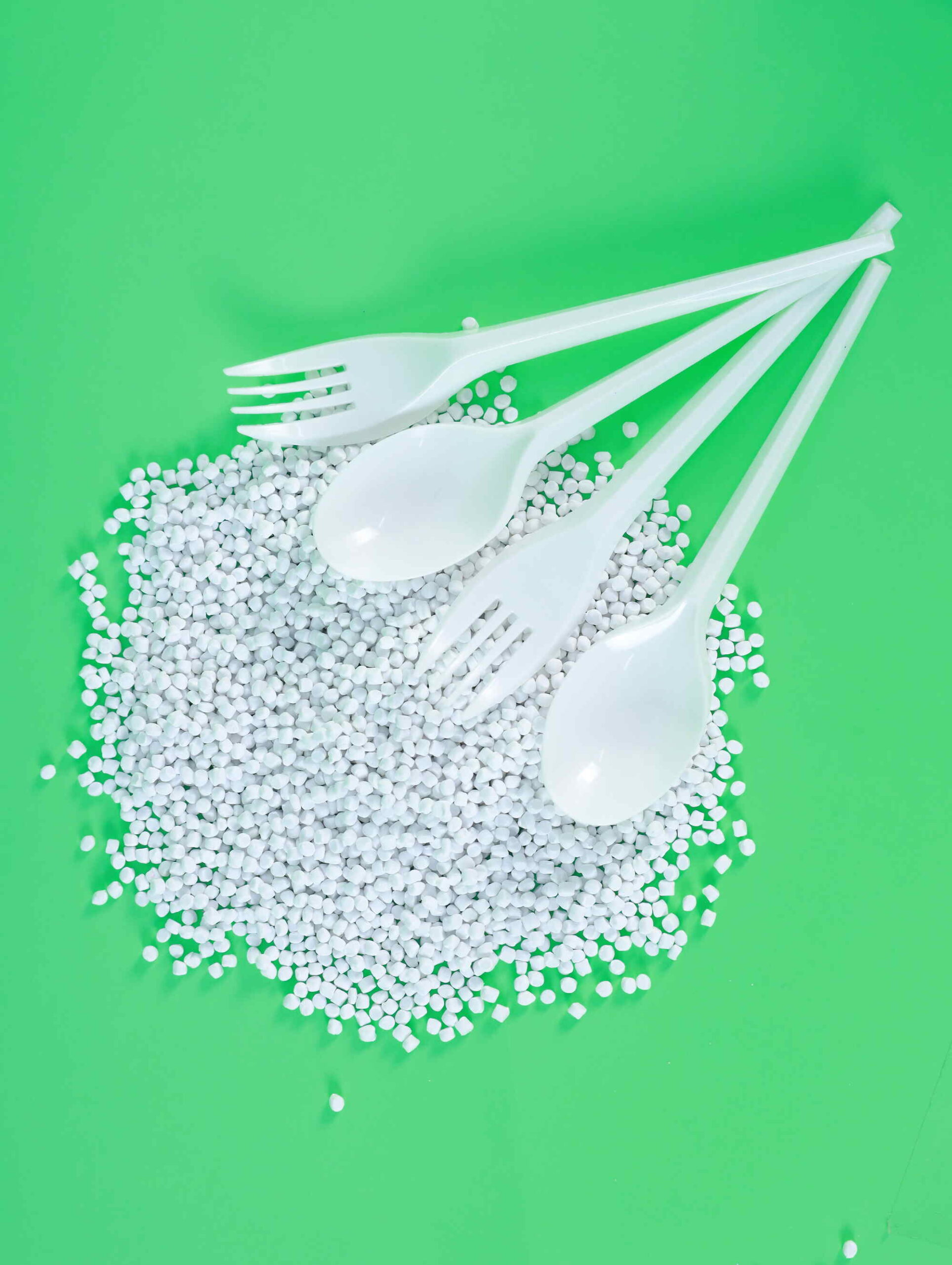Understanding Filler Masterbatch
Filler masterbatch is a concentrated mixture of additives and carriers that are used to impart specific properties to plastics. These additives typically include minerals like calcium carbonate, talc, or silica, which are blended with a polymer carrier. The resulting masterbatch is then mixed with raw polymer material during the manufacturing process to achieve desired characteristics in the final product.

How Filler Masterbatch Optimizes Manufacturing Costs
Reduced Raw Material Costs
Filler masterbatch enables manufacturers to incorporate cheaper filler materials into their products without compromising on quality. By replacing a portion of expensive polymer resin with cost-effective fillers, manufacturers can significantly reduce raw material costs while maintaining the required performance standards.
Improved Process Efficiency
The addition of fillers can improve melt flow, reduce cycle times, and enhance moldability, resulting in higher productivity and lower energy consumption. This increased efficiency translates into cost savings by reducing manufacturing time and resource utilization.
Enhanced Product Performance:
Filler masterbatch can enhance certain properties of plastics, such as stiffness, dimensional stability, and impact resistance. By incorporating filler masterbatch into their formulations, manufacturers can produce high-quality products that meet or exceed performance requirements.

As sustainability and cost-effectiveness become increasingly important in the manufacturing sector, filler masterbatch emerges as a valuable tool for staying competitive in a dynamic market landscape while ensuring the delivery of high-quality products that meet customer expectations. For manufacturers seeking to maximize cost optimization, integrating filler masterbatch into their production processes is undoubtedly a strategic move towards long-term success.

POLYINNOTECH.,JSC is a Vietnamese manufacturer specializing in masterbatch products. Our extensive range includes filler masterbatch, white masterbatch, black masterbatch, color masterbatch, additives, and engineering compounds. With a global presence and commitment to quality, POLYINNOTECH is a trusted name in the industry.
